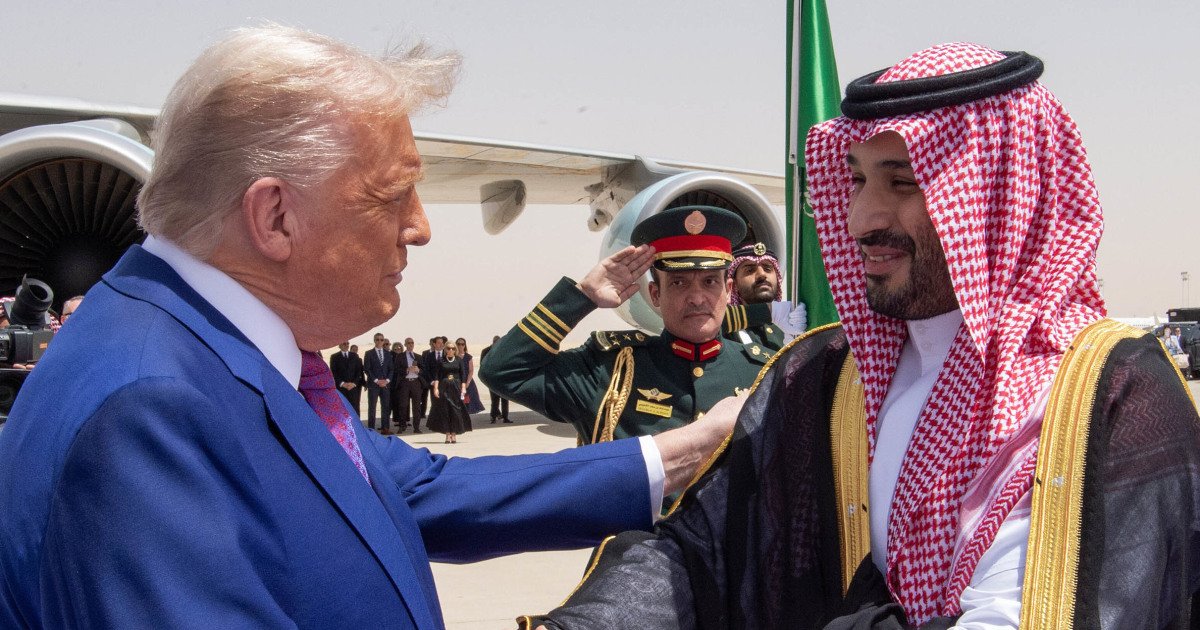If the Indonesian Air Force (TNI-AU) could have its way, it would be operating fighters galore from aerospace companies emanating from Asia, across Europe and all the way to the USA. However, fiscal realities mean such ambitions remain a pipe dream.
In recent times, Indonesia has been linked to the following proposed purchases: American F-15EXs, Chinese J-10s, ex-Austrian Eurofighters, ex-Qatari Mirage 2000-5s, South Korean KF-21s and Turkish Kaans.
Along with earlier plans for Russian Su-35s, no longer feasible because of fears of US sanctions, Jakarta’s interest in Austria’s Eurofighters and Qatar’s Mirages also quickly derailed.
What is proceeding, however, is acquisition of 42 Rafales from Dassault. The first six were contracted in February 2022, the next 18 in August 2023, and a third tranche of 18 in January 2024. The first jets should start arriving next year, the first time Indonesia has operated French fighters.
In May, Indonesia was discussing plans with France to buy another dozen fighters. However, Jakarta is allegedly ready to enlarge the follow-on order to 24 Rafales, with French media reporting a deal could be signed after President Prabowo Subianto is in Paris for Bastille Day on 14 July.
This is despite efforts by China to discredit the Rafale after May’s aerial spat between India and Pakistan. The latter claimed to have shot down three, even four, Indian Rafales. Delhi refused to divulge precise losses, although comments by officials indicate unidentified fighters were downed.
French intelligence accused China of deliberately badmouthing the Rafale and fomenting public opinion against the type, as well as touting the J-10 as superior. This campaign followed Pakistan’s employment of J-10Cs against India. Independent analysis traced these social media campaigns back to China and Russia, but could not verify whether the slights were state-led.
Beijing certainly had motive, as it has been proffering second-hand J-10s to Indonesia this year. On 30 May, Indonesia’s defence minister even announced several pilots would travel to China for J-10 training. Asian Military Review understands the Indonesian president was pushing for a J-10 deal, even if it is not something the air force looks favourably upon.
Although Indonesia has acquired Chinese military equipment before, buying fighters is in a different league. It would jeopardise Indonesia’s military capability, especially considering China’s expansive South China Sea claims and its intrusion into Indonesian waters near the Natuna Islands.
Continuing with Jakarta’s voracious appetite for fighters, the government signed a memorandum of understanding (MoU) with Boeing in August 2023 for up to 24 F-15EX (F-15IDN) fighters. Earlier, the US government had approved a sale of up to 36 F-15s in February 2022.
Asked about the status of this MoU, Clara Logsdon, from Boeing’s F-15 Business Development, told AMR last month, “No contract quite yet, but we know the Indonesians are very interested. We’re continuing to work with Indonesia and the US government to finalise the requirements…” Logsdon expressed confidence a deal would eventually eventuate.
Indonesia has already sunk money into another fighter, however, via joint development of the KF-21 Boramae with Korea Aerospace Industries (KAI). Then again, it did not invest nearly as much as it initially promised to in 2016.
Lagging badly in payments, Seoul and Jakarta signed a restructured KF-21 agreement at Indo Defence 2025 on 13 June. The former said Indonesia was “currently initiating administrative procedures to pay the remaining share for the joint development of the KF-21”. Reports suggest Indonesia will reduce its contribution to KRW600 billion (US$437 million). This compares with the KRW1.7 trillion that Jakarta originally pledged.
The situation was made murkier when two Indonesian engineers working with KAI were accused of stealing classified data. Under this revision, Indonesia has rights to buy up to 48 KF-21s, and state-owned PTDI would produce some components.
This KF-21 agreement came just two days after Indonesia’s president signed yet another MoU, this time to buy 48 Kaan fighters from Turkish Aerospace. The Kaan is in development, with the first due for delivery to Turkey in 2028.
Indonesian defence ties have deepened considerably with Turkey recently, advantageous since it reduces Jakarta’s dependence on Western suppliers.
The TNI-AU would like to expand Indonesia’s air defence identification zone beyond current core areas so that it encompasses the country’s entire EEZ, especially towards the east. Over the past decade, reports suggest only 40-50% of Indonesian frontline fighters have been available operationally. The TNI-AU presently has around 25 F-16s from the USA, plus 16 Su-27/Su-30 jets from Russia.
Obviously, Indonesia cannot afford to buy everything on its wish list – F-15EXs, J-10s, Kaans, KF-21s and more Rafales. Even if it could, it would only compound the logistical and training burden the TNI-AU already faces. There is an adage – buying aircraft is easy; fielding them is hard. With such a disparate variety of fighters, there is no way the Indonesian Air Force can make them interoperable.
by Gordon Arthur
Indonesia keeps options open with bewildering fighter smorgasbord – Asian Military Review



